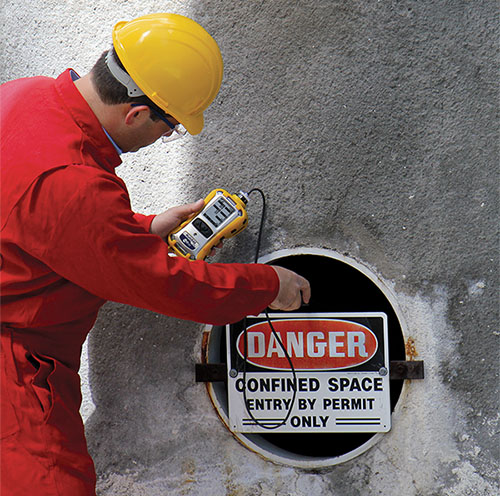Confined Space Detection: Why Proper Gas Monitor Training Saves Lives
Entering a confined space without adequate
gas detection knowledge is like navigating a minefield blindfolded. These
environments contain invisible threats that can incapacitate workers in
moments—oxygen-deficient atmospheres, toxic gases like hydrogen sulfide, and
explosive vapors. Yet every day, workers rely on detection equipment they may
not fully understand, creating preventable risks.
The Critical Role of Confined
Space Detectors
Gas monitors serve as the first line of
defense in hazardous environments. However, simply owning a detector isn’t
enough. Workers must know:
How to calibrate and bump test devices (a
skipped step can mean false readings)
Which gases their monitor detects (and
which it misses)
How environmental factors (humidity,
temperature) affect accuracy
When to trust—or question—readings
Without this knowledge, a "safe"
reading can be a deadly mistake.
Why Training Matters More Than Ever
Many assume that if a detector alarms,
they’ll react in time. But real-world emergencies prove otherwise:
✔ Alarm fatigue
leads to delayed reactions
✔ Sensor
cross-sensitivity causes mis readings
✔ Improper
placement misses stratified gas layers
Proper training ensures workers don’t just
carry monitors—they master them.
Beyond Compliance: Building True
Competence
OSHA standards set the baseline, but true
safety requires deeper understanding:
Interpreting trends (Is oxygen slowly
dropping?)
Troubleshooting malfunctions mid-entry
Responding to emergencies without
hesitation
With Gas
Monitor Training, we transform workers into detection
experts through:
✅ Hands-on
simulations with real gas scenarios
✅ Equipment
deep-dives covering limitations and quirks
✅ Emergency
drills that build instinctive responses
Don’t just detect hazards—outsmart them.




Comments
Post a Comment